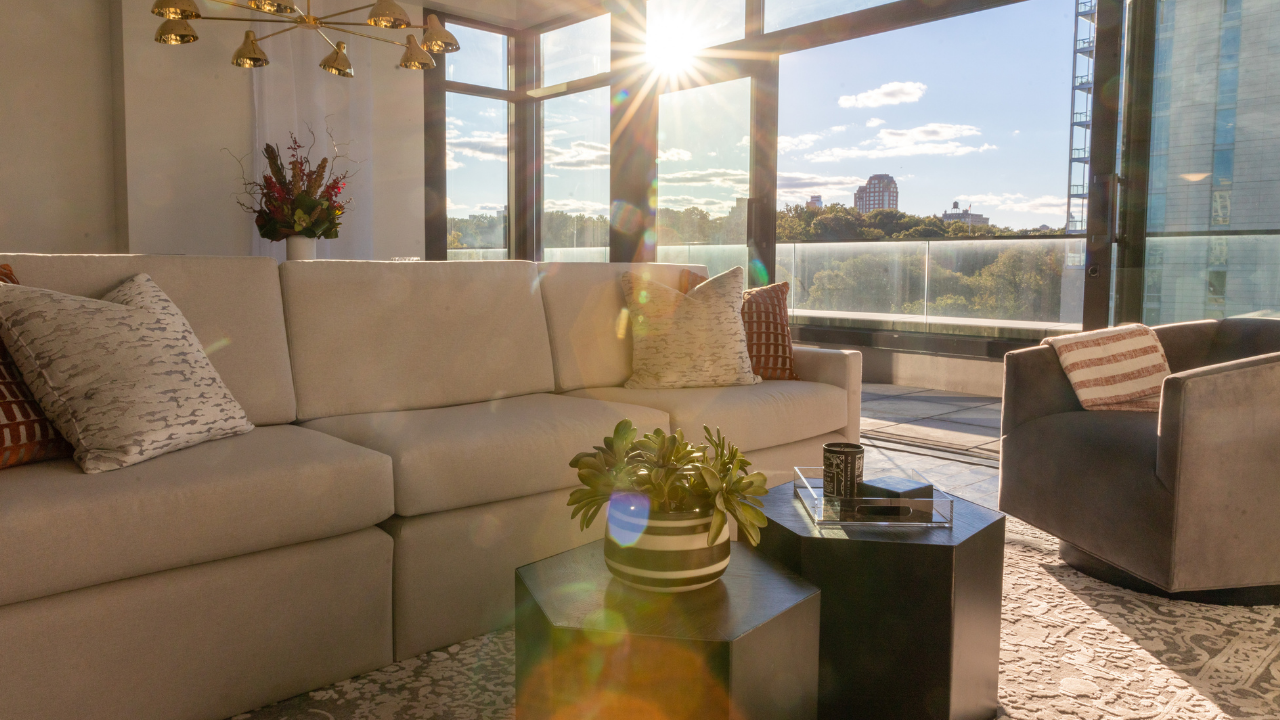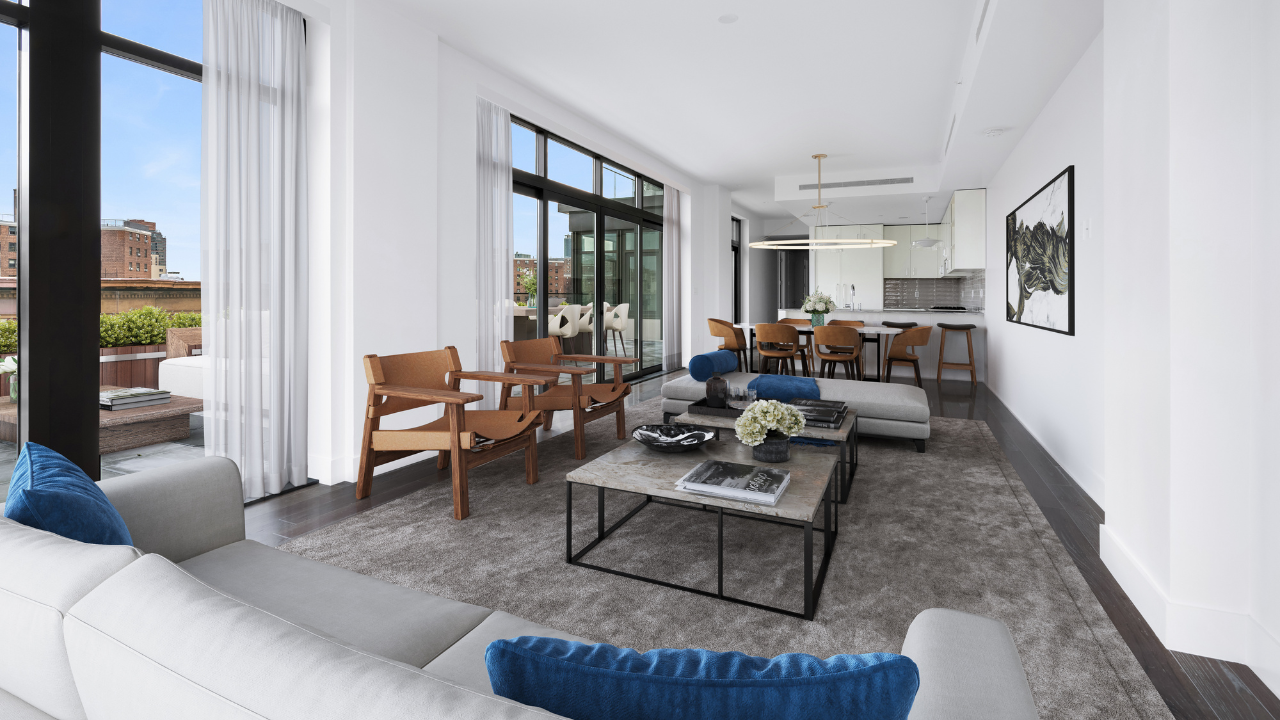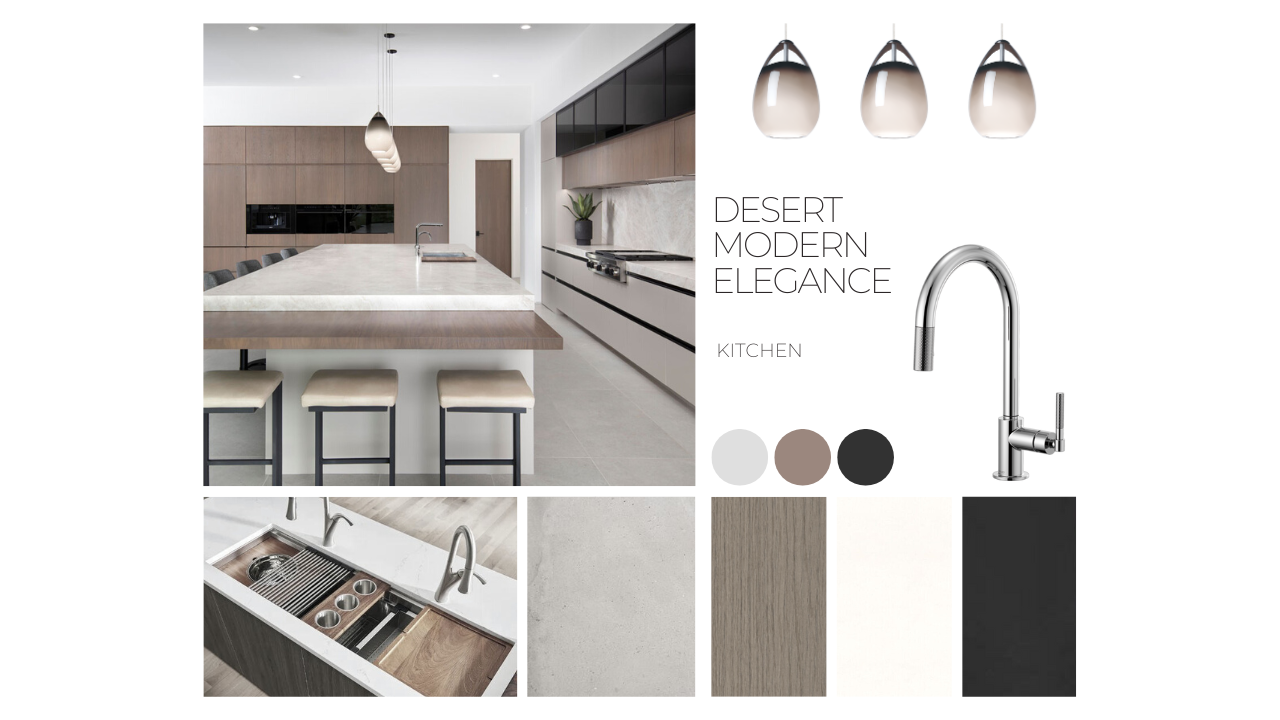
You know interior design is powerful. You can feel its affects on your thoughts, feelings and behaviors – and that's a big reason why you love it.
But you might not know exactly why, or how you can craft spaces that positively affect your work and mood to help you relax, get inspired, focus or heal.
Brain research can help. It's the bridge that will connect your creativity with an environment that serves your needs.
Neuroscience in particular gives us insights into how the built environment impacts our health and well-being, how we perform in environments and how we feel in environments.
The growth of brain sciences has given interior design a new arsenal of technologies and tools that can inform how you design. I want to share a few of those key tools with you because I think you'll find them useful in supporting the thoughts, feelings and behaviors you want to promote in your everyday life. I know they will make a massive difference in the way you approach pulling spaces together.
Let's dive in.
SUPPORTING CREATIVITY
You already know aspects of a room design can affect your creativity. One big contributor is ceiling height. The height of a room's ceiling affects how you think. Studies show taller ceilings stimulate more abstract thinking, while lower ceilings promote more concrete, detailed thinking.
The elevated ceilings make you feel physically and mentally less constrained and encourage you to think more freely. The sense of confinement prompted by low ceilings tends to inspire a more detailed, statistical outlook. In essence, ceiling height affects the way you process information.
And here's something you're going to love. How high the ceiling actually is is less important that how it feels. You can get the effects of a higher or lower ceilings by manipulating the perception of space with design.
Design Tips:
For the perception of higher ceilings:
- Consider the paint color. A lighter paint color will make the room feel more spacious.
- Mirrors can help give the illusion of more space and light.
- Vertical stripes expand a space upward.
- Low profile furniture will make the scale of the room appear larger to the eye.
For a perception of lower ceilings:
- Think about using a mid-range or darker paint color.
- Horizontal stripes will elongate with width, drawing the eye across the room instead of upward.
- Larger furniture pieces that have some height and visual weight will ground the space.
Take Away:
Consider what tasks or types of work you need to perform and what ceiling height is preferable for each room. For example, if you're working in an operating room, spending most of your time analyzing data or writing detailed contracts, maybe a lower ceiling (or lower appearing ceiling) is better. Producing artwork, creative meetings or thinking about the big picture could have the best outcome with loftier (or the appearance of loftier) ceilings.
SUPPORTING FOCUS
In addition to ceiling height, the view afforded by the room may influence your intellect – in particular, your ability to concentrate. It turns out a view of natural settings, such as a garden, beach, mountains, field or forest, actually improves focus. Nature-based artwork can have a similar affect.
For those of us with attention disorders, actually spending time in nature or green space can be especially beneficial. Landscape architect and researcher William Sullivan of the University of Illinois and his colleagues studied 96 children with attention deficit disorder (ADD). The scientists asked parents to describe their children's ability to concentrate on homework or spoken directions after the kids engaged in activities like fishing, soccer and playing video games in which they were exposed to varying amounts of greenery. The parents reported that their children's ADD symptoms were least severe after they'd been in or observing green spaces.
There seems to be a restorative effect on the mind from gazing or being immersed in natural settings. The day-to-day of the modern world and our near-constant engagement with screens and technology can cause mental fatigue. So, looking at or being in nature is more important that ever. Whether the nature is real or artwork on a wall, it'll improve your ability to focus.
Design Tips:
For a home office or area where kids study and do homework, make sure to dial in this space for focus.
- Remove as many distractions as you can.
- Add as much nature and the color green as you can. Green is a low wavelength color that in general promotes restfulness and calm, while also improving efficiency and focus. Apart from being one of the easiest colors on the eyes, it reminds us of nature.
- If you have an urban view out the window, consider potting plants or hanging plants.
- Add nature photography in the room.
- Situate your desk or workstation where you can view the artwork and/or view from the window.
- To take things even further you could hang wallpaper with a nature scene.
- For every 45 minutes of screen viewing, view a distant horizon for 5 minutes.
Take Away:
If you struggle with focusing, or want to dial in your workspace even more, try using some of these design tips to altar the space and your routine. When you get to adding the artwork, pieces that feature a garden, field, panoramic view, a beach with the horizon, a sunrise or sunset would be perfect additions. It may take a bit of re-arranging and getting used to taking nature breaks, but you'll experience results.
SUPPORTING YOUR HORMONES & METABOLIC RATE
In addition to greenery, the natural world has another important feature to offer: light. Natural light synchronizes our circadian rhythm, enabling us to stay alert during the day and to sleep at night. A properly functioning circadian rhythm keeps the brain functioning optimally by calibrating hormone levels and metabolic rate. A lack of light, and the right kind of light, can be a real problem negatively effecting your energy, performance, health and mood.
Studies have shown that children in classrooms with more daylight advance faster and score better on tests. Retirement homes where residents are exposed to a sufficient amount of natural light experience less cognitive decline and reduced symptoms of depression. Same goes for work environments.
One of the most important things you can do is view sunlight for 2-10 minutes in the morning to get bright light into your eyes. It does two things: 1) It triggers the timed release of cortisol and dopamine into your system which acts as a wake-up signal and will promote wakefulness and the ability to focus throughout the day. 2) It starts a timer for the onset of melatonin, your sleepy hormone. Melatonin is inhibited by light so by viewing light first thing in the morning you set two timers, one for waking that begins immediately and one for sleeping that starts later. The type of light you want early in the day is blue light. The short-wavelength light lets the brain know it's daytime.
Researchers recommend using blue light-emitting diodes (LEDs) and full-spectrum fluorescent lights in buildings during the day because they have enough blue light to trigger the circadian system and keep us awake and alert. After dark, it's best to switch to lamps and fixtures with longer-wavelength bulbs, which are less likely to emit light that interferes with sleep.
Design Tip:
- Create a morning routine that involves viewing bright light (ideally sunlight) in the morning for 2-10 minutes. This could mean creating a nice seating area on your porch to drink coffee, taking your dog for a walk or creating a workout station where you could jump-rope facing the sun.
- Have a lighting routine for day and night. Use overhead LED lights that emit blue light durning the daytime. Towards the end of the day start avoiding bright lights of any kind. Use overhead lights as little as possible or dim them. Turn on table lamps, desk lamps and standing lamps that are lower in your visual field and emit softer, longer wavelength red light.
- Consider investing in smart LED bulbs if you spend most of your day working indoors with little natural light. They deliver precisely calibrated light at just the right time for your body, setting a healthy circadian rhythm. A brand I use is Tuo.
- No bright light or screen viewing from 10pm-4am.
- Anytime you want to be alert, flip on as many overhead lights as possible.
Take-Away:
While lighting is one of the most important elements in design, we often think of it in terms of ambiance and not our circadian rhythms. It's easy to use light as we need it without considering the effects it's having on our bodies and minds, but light is powerful. Natural light will always be the best, even on a cloudy day, but lighbulbs have also come a long way and you notice a massive difference if you take some time to view sunlight first thing in the morning, adjust the bulbs in your home and create a daytime and nighttime lighting routine.
When you design spaces with the mind in mind, everyone that spends time in that room will benefit.
There are so many exciting possibilities and powers you can harness when you combine neuroscience and interior design. It gives us a factual basis for what we feel and experience when we're in a well-designed space and allows us to take our passion even further.
I hope you enjoyed this post. I'm curious to know if any of this information connecting neuroscience with interior design hit home for you, and of course any updates you're looking forward to making at home or work as a result.
Please send me an email, I read every one.





